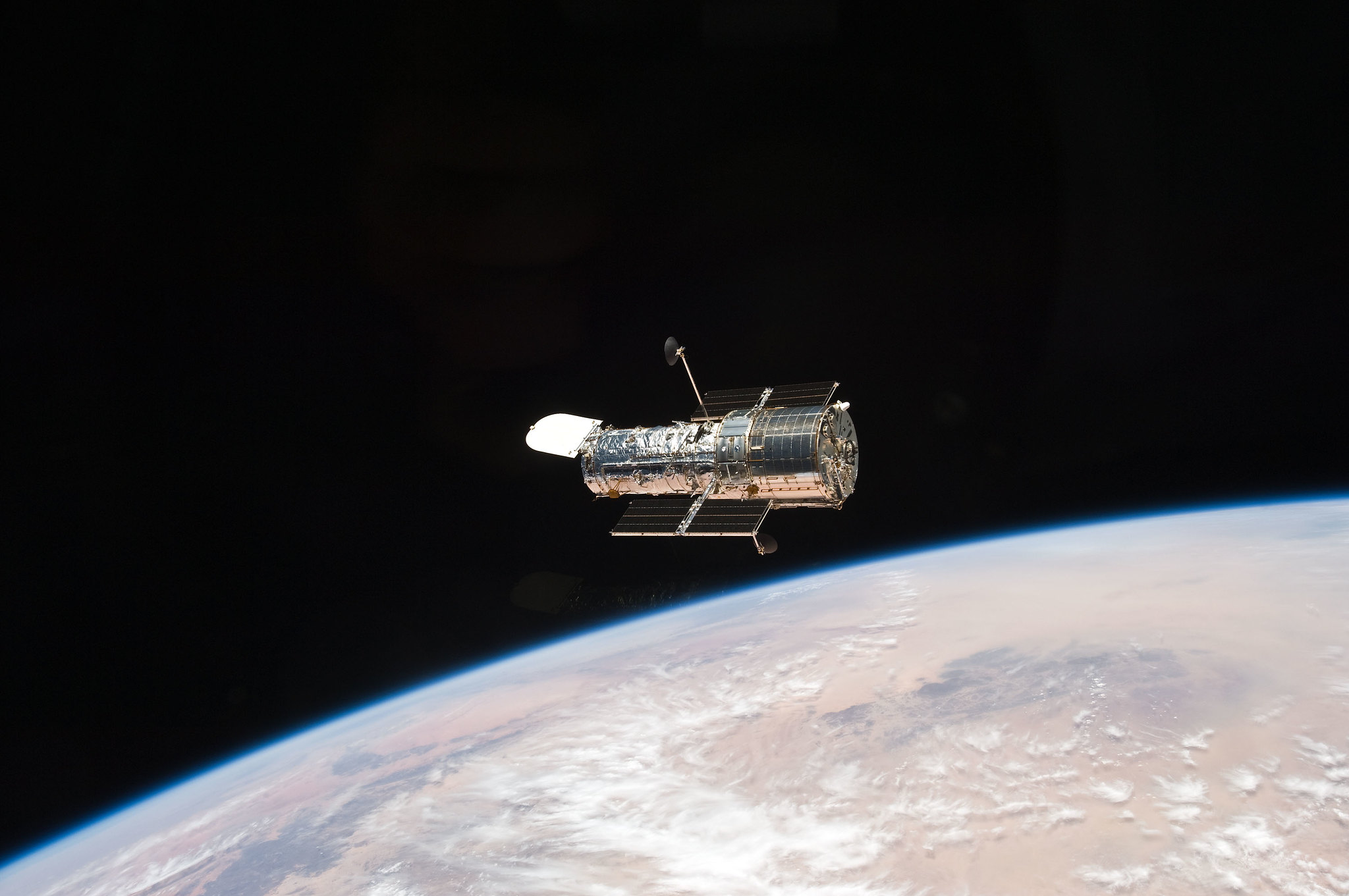
The Hubble Space Telescope appears to be bouncing back from its latest glitch.
Late last month, the famous scope suffered a problem with the synchronization of its internal communications, sending all five of its science instruments into a protective "safe mode." The Hubble team has been troubleshooting the issue ever since, and it just notched a big success.
"The Hubble team successfully recovered the Advanced Camera for Surveys instrument Nov. 7," NASA officials said in a statement today (Nov. 8). "The instrument has started taking science observations once again."
Related: The best Hubble Space Telescope images of all time!
The team targeted the ACS first because "it faces the fewest complications should a lost message occur," NASA officials added. The other four Hubble instruments remain in safe mode, though technicians are working to bring them back as well.
"Over the past week, the mission team has continued investigating the root cause of the synchronization issues and has seen no additional problems," NASA officials said in today's statement. "The team will continue looking into possible short-term solutions this week and develop estimates for implementation. Once this occurs, the team will discuss returning the other instruments to operational status and resuming their science observations."
Hubble has overcome a number of challenges since its April 1990 launch. Famously, the observatory headed to orbit with a flawed primary mirror, which spacewalking astronauts fixed in December 1993.
Get the Space.com Newsletter
Breaking space news, the latest updates on rocket launches, skywatching events and more!
That crewed visit was the first of five Hubble servicing missions, during which astronauts repaired, maintained and upgraded the venerable scope. During the last one, which occurred in May 2009, astronauts installed two new instruments on Hubble, the Cosmic Origins Spectrograph and the Wide Field Camera 3.
Those two instruments, along with the ACS, the Space Telescope Imaging Spectrograph and the Near Infrared Camera and Multi-Object Spectrometer, make up Hubble's main science payload today (though the scope's fine guidance sensors can, and sometimes do, make scientific observations). All remain offline at the moment except the ACS.
Hubble has been showing signs of its advanced age recently. This summer, for example, a glitch put the entire observatory in safe mode for more than a month.
Mike Wall is the author of "Out There" (Grand Central Publishing, 2018; illustrated by Karl Tate), a book about the search for alien life. Follow him on Twitter @michaeldwall. Follow us on Twitter @Spacedotcom or Facebook.
Join our Space Forums to keep talking space on the latest missions, night sky and more! And if you have a news tip, correction or comment, let us know at: community@space.com.

Michael Wall is a Senior Space Writer with Space.com and joined the team in 2010. He primarily covers exoplanets, spaceflight and military space, but has been known to dabble in the space art beat. His book about the search for alien life, "Out There," was published on Nov. 13, 2018. Before becoming a science writer, Michael worked as a herpetologist and wildlife biologist. He has a Ph.D. in evolutionary biology from the University of Sydney, Australia, a bachelor's degree from the University of Arizona, and a graduate certificate in science writing from the University of California, Santa Cruz. To find out what his latest project is, you can follow Michael on Twitter.









